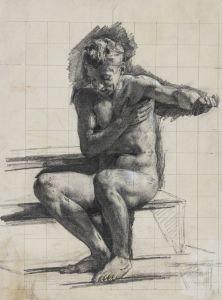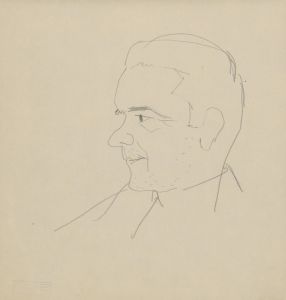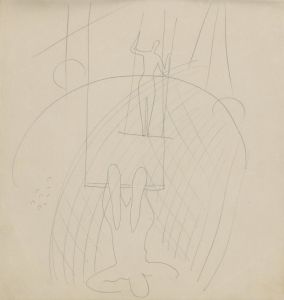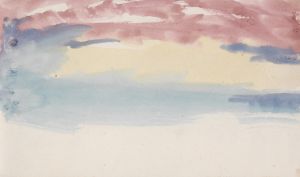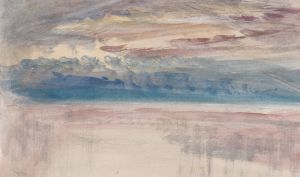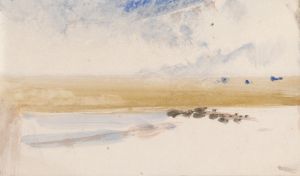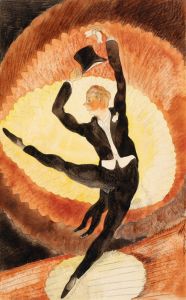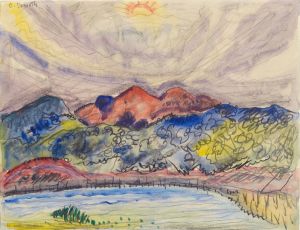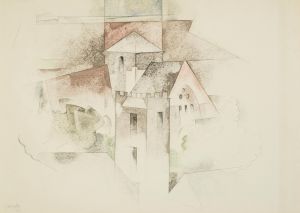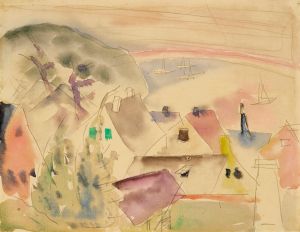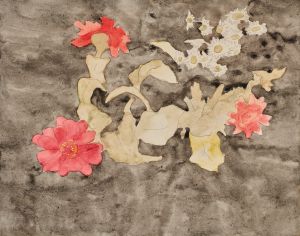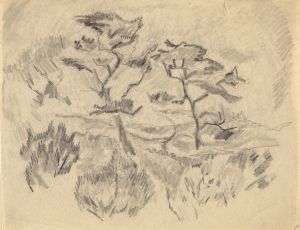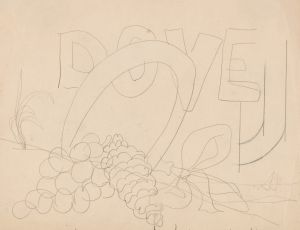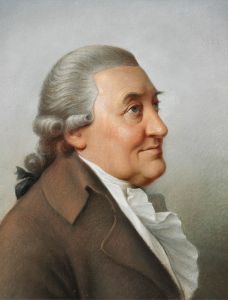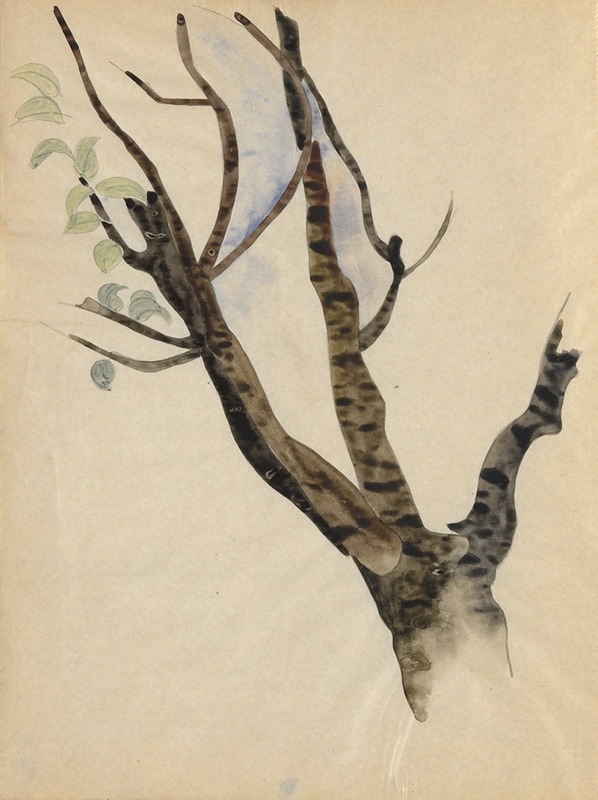
Sketchbook; 36 pages total, containing 28 sketches
A hand-painted replica of Charles Demuth’s masterpiece Sketchbook; 36 pages total, containing 28 sketches, meticulously crafted by professional artists to capture the true essence of the original. Each piece is created with museum-quality canvas and rare mineral pigments, carefully painted by experienced artists with delicate brushstrokes and rich, layered colors to perfectly recreate the texture of the original artwork. Unlike machine-printed reproductions, this hand-painted version brings the painting to life, infused with the artist’s emotions and skill in every stroke. Whether for personal collection or home decoration, it instantly elevates the artistic atmosphere of any space.
Charles Demuth was an American artist known for his contributions to the Precisionist movement, a style that emerged in the early 20th century characterized by its focus on industrial and architectural subjects with a clear, precise, and geometric style. Among his various works, Demuth's "Sketchbook; 36 pages total, containing 28 sketches" provides a unique insight into his artistic process and the development of his ideas.
The sketchbook, as the title suggests, consists of 36 pages, of which 28 contain sketches. These sketches offer a glimpse into Demuth's exploration of form, composition, and subject matter. While the specific content of each sketch is not detailed in available records, sketchbooks are typically used by artists to experiment with ideas, practice techniques, and capture fleeting inspirations. For Demuth, this sketchbook likely served as a personal space to refine his artistic vision and document his observations.
Demuth's work is often associated with the Precisionist movement, which he helped pioneer alongside artists like Charles Sheeler and Georgia O'Keeffe. This movement is noted for its depiction of the modern American landscape, particularly the industrial and urban environments that were rapidly transforming during the early 20th century. Demuth's paintings often feature factories, bridges, and skyscrapers, rendered with a meticulous attention to detail and a focus on the interplay of light and shadow.
The sketches within this sketchbook may reflect Demuth's interest in these themes, although without specific descriptions, it is difficult to ascertain the exact subjects he explored. However, sketchbooks from this period often include studies of both natural and man-made environments, as well as explorations of human figures and still life compositions. Demuth was known for his ability to blend elements of Cubism and Realism, creating works that were both abstract and representational.
In addition to his Precisionist works, Demuth was also recognized for his watercolors, particularly those depicting flowers and still lifes. His ability to capture the delicate interplay of color and form in these works suggests that the sketches in his sketchbook might also include studies related to these subjects. Watercolor sketches, in particular, would allow Demuth to experiment with color blending and composition on a smaller scale before committing to larger works.
Charles Demuth's sketchbook is a valuable artifact that provides insight into the mind of an artist who played a significant role in the development of American modernism. While the specific content of the sketches remains largely undocumented, the sketchbook itself is a testament to Demuth's dedication to his craft and his continuous exploration of the visual world around him. As with many artists, sketchbooks serve as a crucial component of the creative process, offering a space for experimentation and reflection that informs the artist's more finished works.





